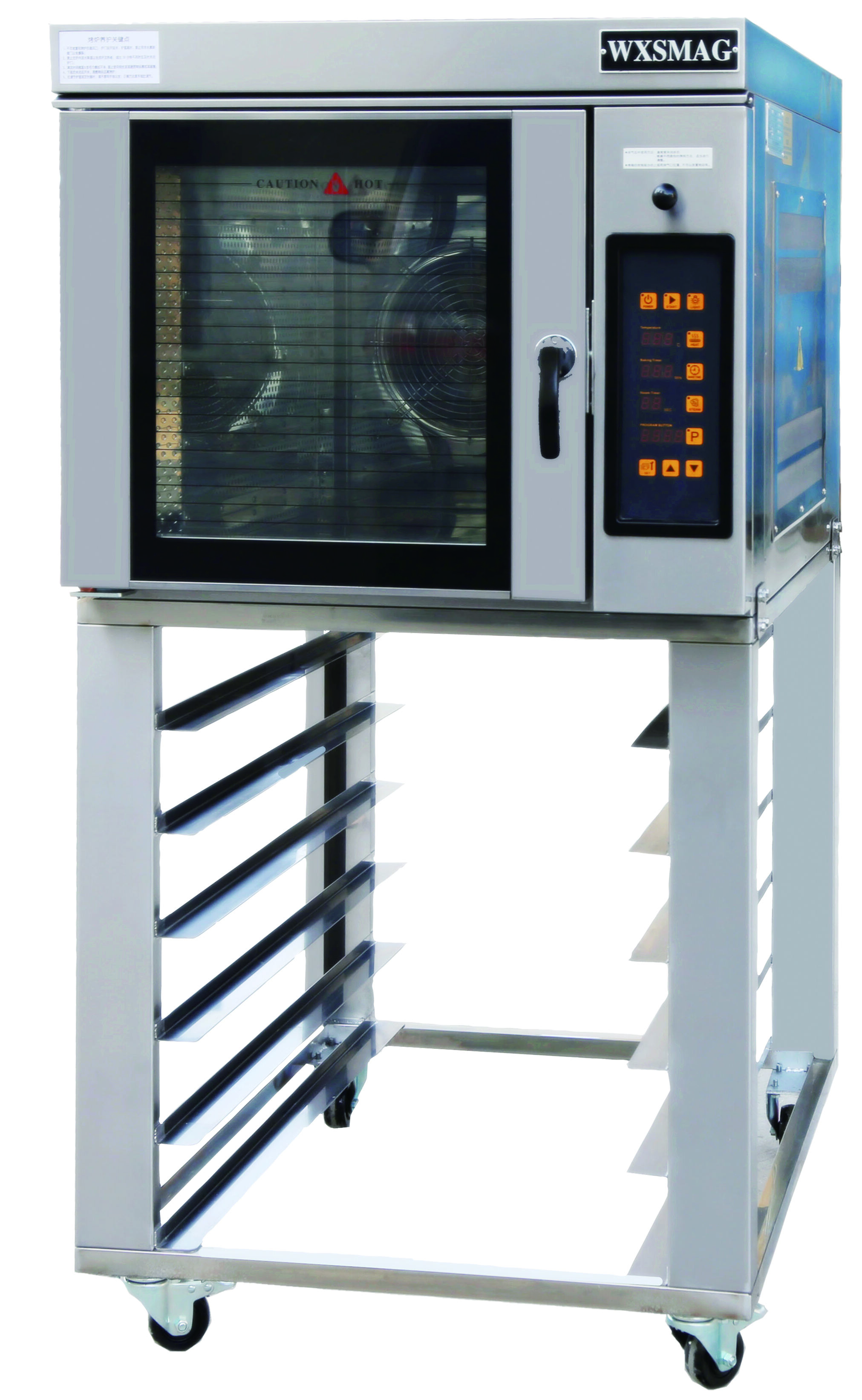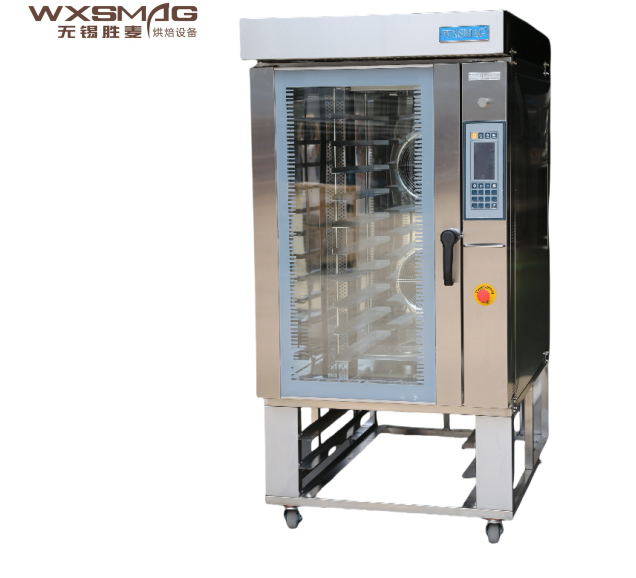Understanding the Revolutionary Impact of Convection Technology in Modern Cooking
The culinary world has witnessed remarkable advancements in cooking technology, and at the forefront of this evolution stands the convection oven. This innovative appliance has transformed how we approach cooking, offering superior results and unprecedented efficiency. By integrating a powerful fan system with traditional heating elements, a convection oven creates a dynamic cooking environment that professional chefs and home cooks alike have come to rely on for consistent, high-quality results.
The fundamental principle behind a convection oven lies in its ability to circulate heated air continuously throughout the cooking chamber. This consistent airflow ensures even heat distribution, eliminating cold spots and promoting uniform cooking. Whether you're baking delicate pastries or roasting a holiday turkey, the convection oven's sophisticated technology delivers remarkable results that traditional ovens simply cannot match.
The Science Behind Convection Cooking
Heat Distribution Mechanics
A convection oven operates on a sophisticated principle of thermodynamics. The integrated fan system actively circulates hot air throughout the cooking chamber, creating a uniform heating environment. This continuous air movement accelerates the heat transfer process, allowing food to cook more evenly and efficiently than in conventional ovens. The result is consistent browning, optimal moisture retention, and reduced cooking times.
The precise engineering of convection ovens ensures that heat reaches every corner of the cooking space. The fan's strategic placement and the careful calibration of air circulation patterns work together to maintain steady temperatures throughout the cooking process. This level of control is particularly beneficial when cooking multiple dishes simultaneously across different rack levels.
Temperature Control and Energy Efficiency
Modern convection ovens excel in temperature regulation, maintaining precise heat levels throughout the cooking cycle. The enhanced air circulation allows for cooking at lower temperatures while achieving the same or better results than traditional ovens. This efficiency translates to significant energy savings and reduced cooking times, often cutting standard cooking durations by 25% or more.
The superior temperature control in convection ovens also contributes to better food quality. The consistent heat distribution prevents temperature fluctuations that can lead to uneven cooking or burned spots. This stability is particularly crucial for delicate dishes that require precise temperature control to achieve optimal results.
Enhanced Cooking Performance and Food Quality
Superior Browning and Crisping
One of the most notable advantages of convection cooking is its ability to achieve exceptional browning and crisping. The continuous air circulation effectively removes moisture from the surface of foods, promoting better caramelization and creating perfectly crispy exteriors while maintaining moisture inside. This is particularly beneficial for roasted meats, vegetables, and baked goods that benefit from a golden-brown finish.
The enhanced browning capability of convection ovens also contributes to improved flavor development. The Maillard reaction, responsible for creating complex flavors and aromas in cooked foods, occurs more effectively under the consistent heat conditions provided by convection cooking. This results in dishes with richer flavors and more appealing textures.
Moisture Retention and Texture
Despite the active air circulation, convection ovens excel at maintaining optimal moisture levels in foods. The efficient cooking process seals in juices quickly, preventing excessive moisture loss that can lead to dry, tough results. This moisture retention is particularly important when cooking large cuts of meat or delicate fish, ensuring they remain succulent and flavorful.
The balanced moisture control in convection ovens also benefits baked goods. Breads develop better crusts while staying soft inside, and pastries achieve the perfect balance of flakiness and tenderness. The consistent air circulation prevents moisture pockets from forming, resulting in more uniform texture throughout the finished product.
Practical Applications and Versatility
Professional Kitchen Benefits
Professional kitchens rely heavily on convection ovens for their speed, efficiency, and consistent results. The ability to cook multiple items simultaneously while maintaining uniform heat distribution makes these ovens invaluable in high-volume cooking environments. Chefs appreciate the predictable outcomes and reduced monitoring requirements, allowing them to focus on other aspects of meal preparation.
The versatility of convection ovens in professional settings extends beyond basic cooking functions. These appliances excel at tasks ranging from gentle proofing of bread dough to high-temperature roasting of meats. The precise temperature control and even heat distribution make them ideal for executing complex recipes that require careful timing and temperature management.

Home Kitchen Advantages
Home cooks benefit from the same professional-grade features in domestic convection ovens. The reduced cooking times and energy efficiency make meal preparation more convenient and cost-effective. The consistent results help home cooks achieve restaurant-quality outcomes, particularly when preparing special occasion meals or entertaining guests.
Modern home convection ovens often include multiple cooking modes, allowing users to switch between conventional and convection cooking as needed. This flexibility ensures that cooks can choose the most appropriate method for each dish, maximizing the appliance's versatility and utility in everyday cooking.
Frequently Asked Questions
When should I adjust cooking temperatures for convection ovens?
When using a convection oven, it's generally recommended to reduce the temperature by 25°F (about 15°C) compared to conventional oven recipes. This adjustment compensates for the increased efficiency of heat transfer in convection cooking while ensuring foods don't overcook or burn.
Can all recipes be converted to convection cooking?
While most recipes can be adapted for convection cooking, some delicate items like soufflés or certain types of cakes might benefit from conventional heating. Always monitor foods closely during initial convection cooking attempts and adjust times and temperatures as needed for optimal results.
How do I maintain and clean a convection oven?
Regular maintenance of a convection oven includes cleaning the fan and heating elements, wiping down interior surfaces after each use, and periodically checking the door seal. Use appropriate oven cleaners and avoid harsh abrasives that could damage the interior coating or fan components.

